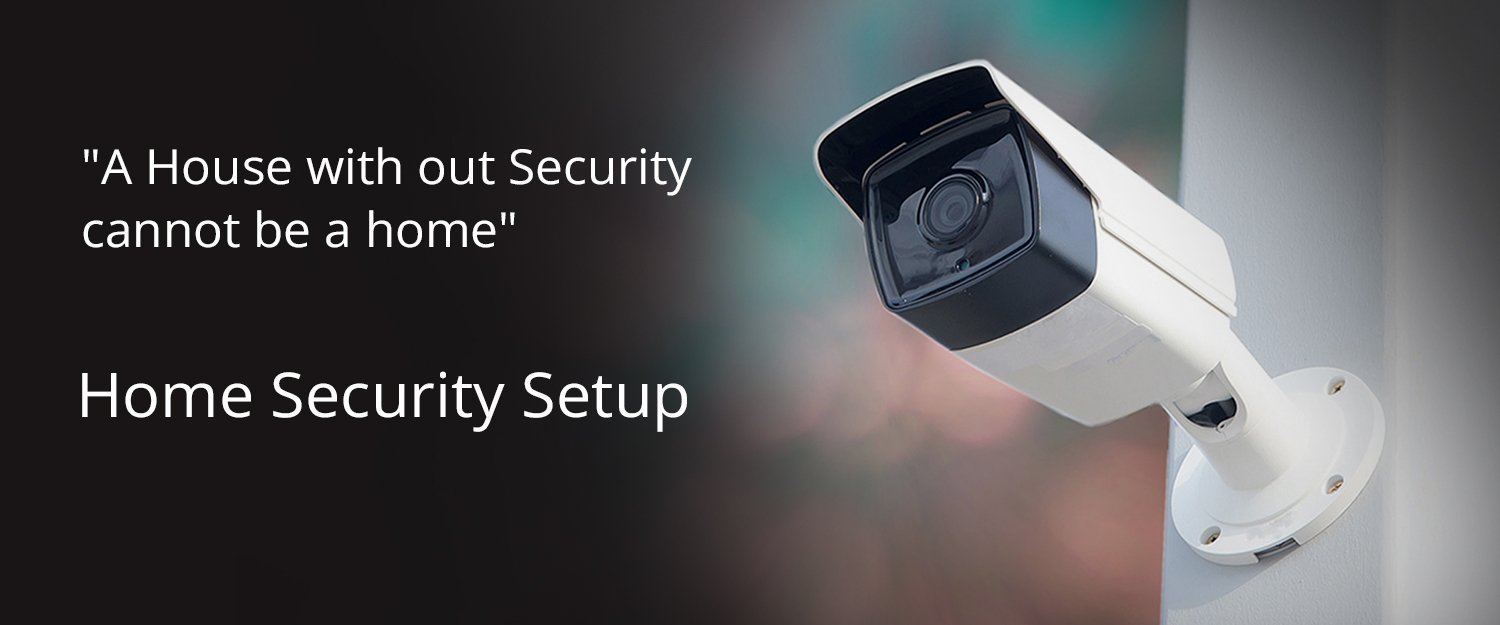About Us
When considering outside surveillance cameras, several factors are important to keep in mind to ensure you get the best system for your needs: Purpose: Determine whether you need the cameras for security, monitoring, or both. This will help you decide on the type and number of cameras needed. Camera Types: Bullet Cameras: These are long and cylindrical, ideal for outdoor use as they can focus on specific areas. Dome Cameras: These are more discreet and can offer a wider viewing angle. PTZ Cameras: These can pan, tilt, and zoom, providing greater coverage and flexibility. Resolution: Higher resolution cameras (1080p or 4K) provide clearer images, which can be crucial for identifying faces or license plates. Night Vision: Ensure the cameras have good night vision capabilities, either through infrared (IR) LEDs or other technologies. Weatherproofing: Look for cameras that are rated for outdoor use (IP66 or higher) to withstand various weather conditions. Storage Options: Decide whether you want local storage (DVR/NVR) or cloud storage. Each has its pros and cons regarding accessibility, security, and cost. Connectivity: Wired: More reliable and often better quality, but installation can be more complicated. Wireless: Easier to install, but can be subject to interference and may require more maintenance. Power Supply: Check whether the cameras are battery-operated, solar-powered, or need a direct power source. Integration: Consider how well the cameras integrate with other smart home devices or security systems you may already have. Motion Detection and Alerts: Look for cameras that can detect motion and send alerts to your phone or other devices. Cost: Balance the features you need with your budget. Sometimes, spending a bit more upfront can save you money and hassle in the long run.
